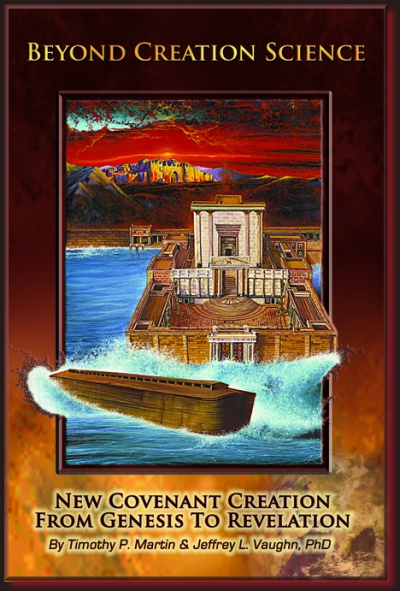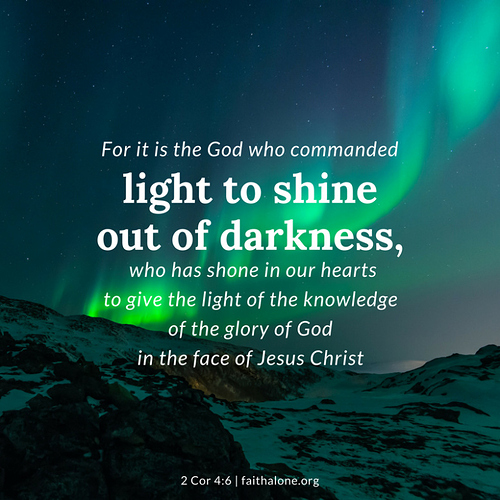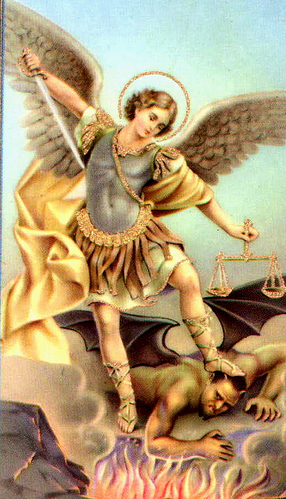From my Ignatius Catholic Study Bible. This makes the most sense to me:
Jesus Olivet Discourse in Mt. 24-25 is difficult to interpret. He speaks extensively about cosmic catastrophes, heavenly signs, and the future judgment of God. This has led some to think that Jesus was predicting his Second Coming and the end of the visible world. This interpretation appears to take Jesus words seriously and at their face value. Nevertheless, it leads to a troublesome scenario: Jesus expected these world shaking events to occur after his Ascension. After al, he told the disciples, “Truly, I say to you, this generation will not pass away till all these things take place”. Was Jesus mistaken? Should we feel uncomfortable because the world is still with us almost two thousand years after he prophesied it’s frightful end?
A closer look at Jesus words in the context of ancient Judaism reveals a better interpretation. Namely, Jesus was predicting the demise of the Jerusalem Temple - the architectural symbol of the Old Covenant. At the literal historical level, Jesus entire discourse is an extension of his cryptic comment about the Temple: “There will not be left here one stone upon another, that will not be thrown down.” Hearing this the disciples were probably reminded of a similar event in the OT when God allowed the temple to be destroyed in 586 B.C. as punishment for Israel’s sins. Interpreting Jesus’ words in this way does more adequate justice to the symbolism of his language and the testimony of history. Ancient sources confirm his prophecy: the Romans destroyed Jerusalem and the Temple in AD 70, a tragedy that claimed the lives of more than 1 million Jews. From this perspective Jesus stands vindicated, since his words did come to pass within the lifetime of his contemporaries.
But how are the details of Jesus’ strange language to be understood? Could he expect us to associate cosmic upheavals like national warfare, earthly catastrophes, the darkening of the sun and moon, and stars falling out of the sky with the collapse of a sacred building? The answer lies in biblical and traditional views of the Temple. Like many religions in the near east, the Israelites regarded their Temple as a miniature replica or microcosm of the world; it was an architectural model of the universe fashioned by God. Conversely the universe itself was a macro temple, where God also dwells with his people. This is best summarized by the Psalmist, “He built his sanctuary like the high heavens, like the earth, which he founded for ever.” (Ps 78:69). Other indications of this Temple theology are found in OT parallels and Jewish traditions that link the Temple and the world closely together:
(1) The Place of God’s Rest
(2) Symbolism of Seven
(3) A House of Glory
(4) Jewish Tradition
These considerations help make sense of Jesus’ words in their historical context. With the dawning of the New Covenant, God had to clear away the central symbol of the Old Covenant, the Temple. The church is God’s new and spiritual Temple, built with the living stones of Christian believers. In this light, the devastation of the Temple and the judgment of Israel in 70 AD can be seen as an overture to greater things. That is, the termination of the Old Covenant world prefigures the destruction of the universe, God’s macro temple, and the judgment of the nations by Christ. Thus Jesus’ Olivet Discourse is initially fulfilled in the first century as he said. But imbedded in Christs words are spiritual truths that point forward to his Second Coming in glory and the end of the visible world.

 Back in the early days of exploring the inclusiveness inherent within prêterism I had many a tussle with these guys. The best they could do was dismiss such as mere universalism but never really showed what I was bringing to the fore as being logically wrong. If I knew then what I know now I would have promoted INCLUSION type language far more, as opposed to having wasted so much time batting away the misnomer of universalism — ya live n’ learn.
Back in the early days of exploring the inclusiveness inherent within prêterism I had many a tussle with these guys. The best they could do was dismiss such as mere universalism but never really showed what I was bringing to the fore as being logically wrong. If I knew then what I know now I would have promoted INCLUSION type language far more, as opposed to having wasted so much time batting away the misnomer of universalism — ya live n’ learn.


